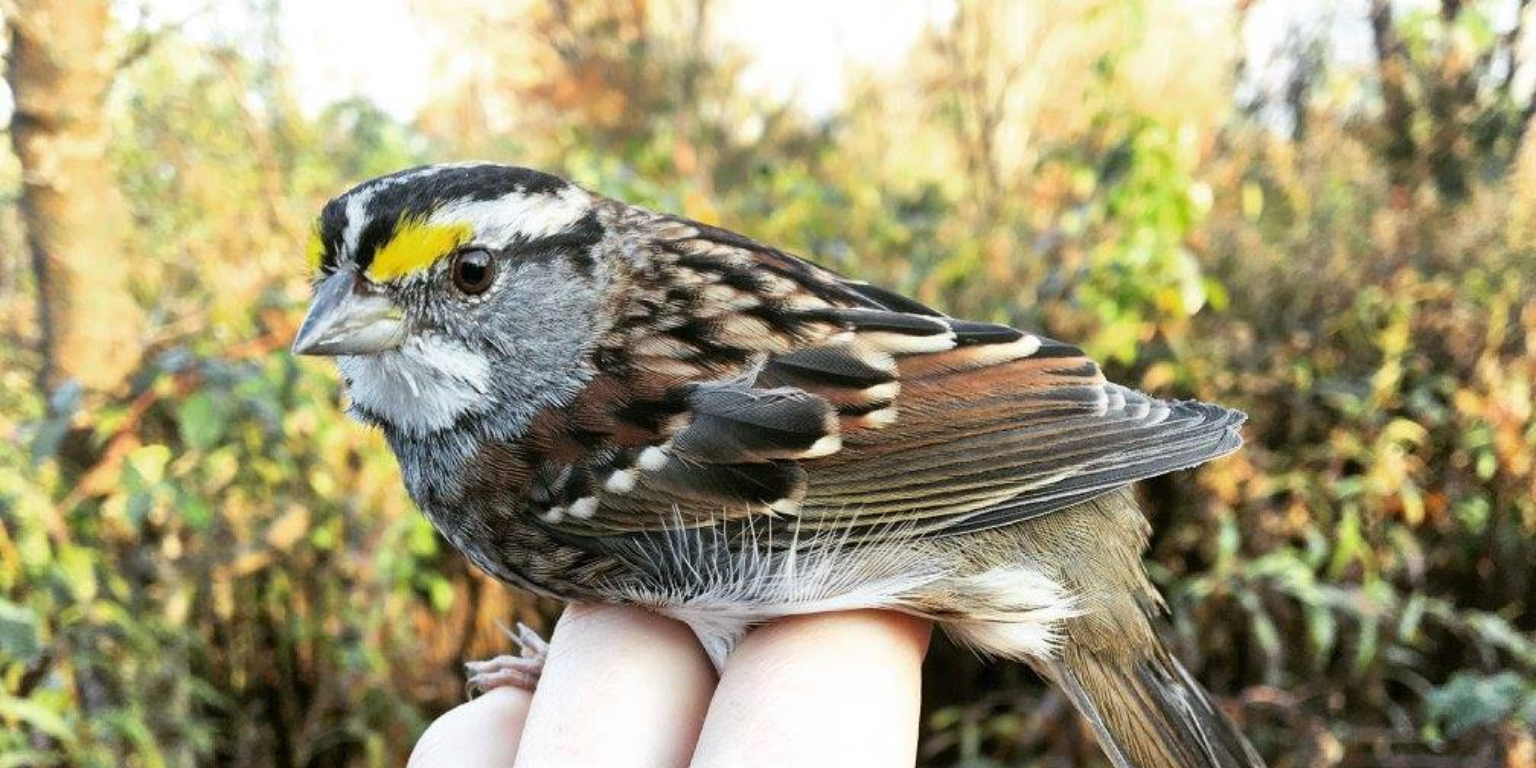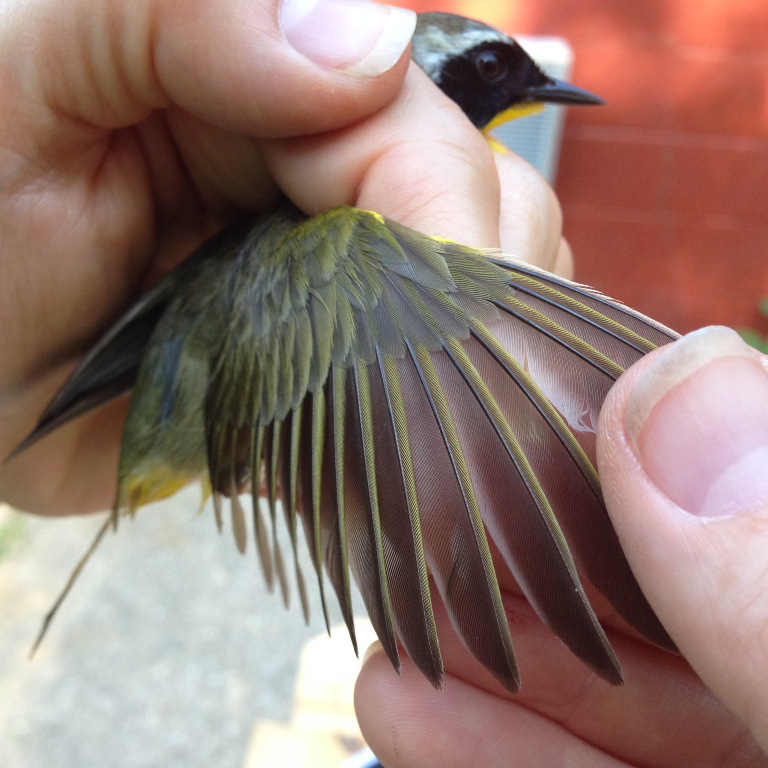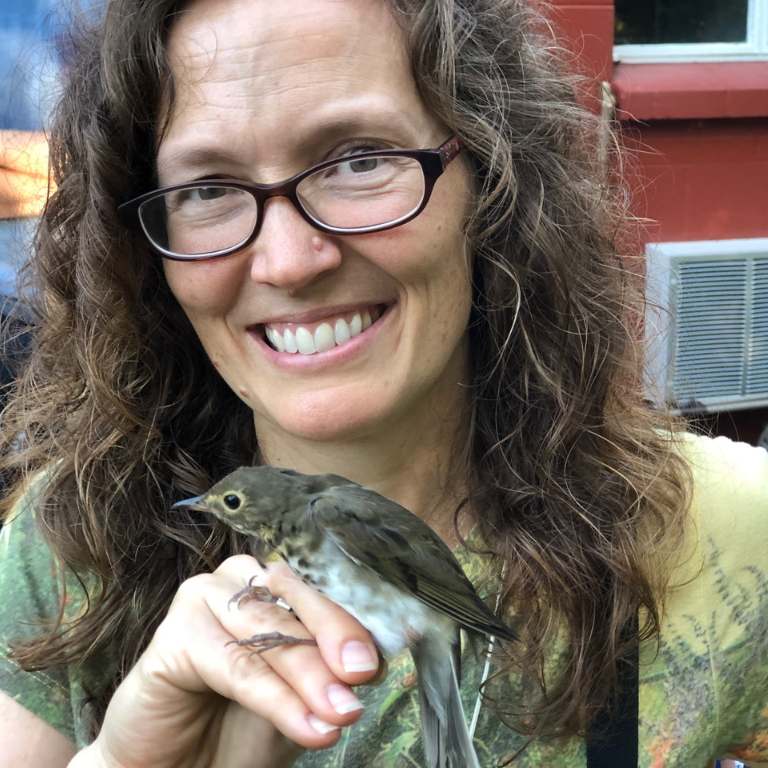The Problem
Over the last half-century, North America has lost a quarter of its bird population—3 billion birds, according to a 2019 study published in Science. This trend has implications not only for birds but for the entire biosphere, including humans. Determining the underlying causes of the decline in bird populations requires continent-wide collaboration. Located along a known migratory pathway for birds, Indiana is well-situated to contribute to a large-scale bird banding operation that can shed light on how birds are adapting to environmental change.





